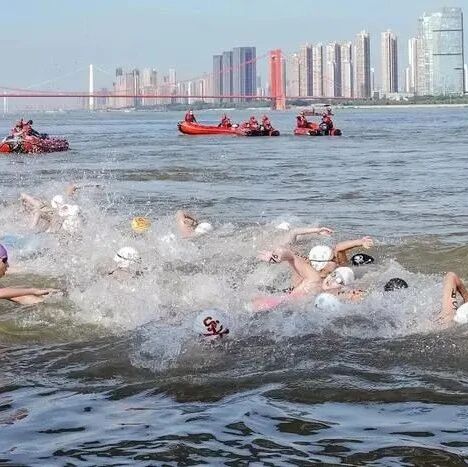Men's 100m Freestyle World Record: Climbing to New Heights (9)
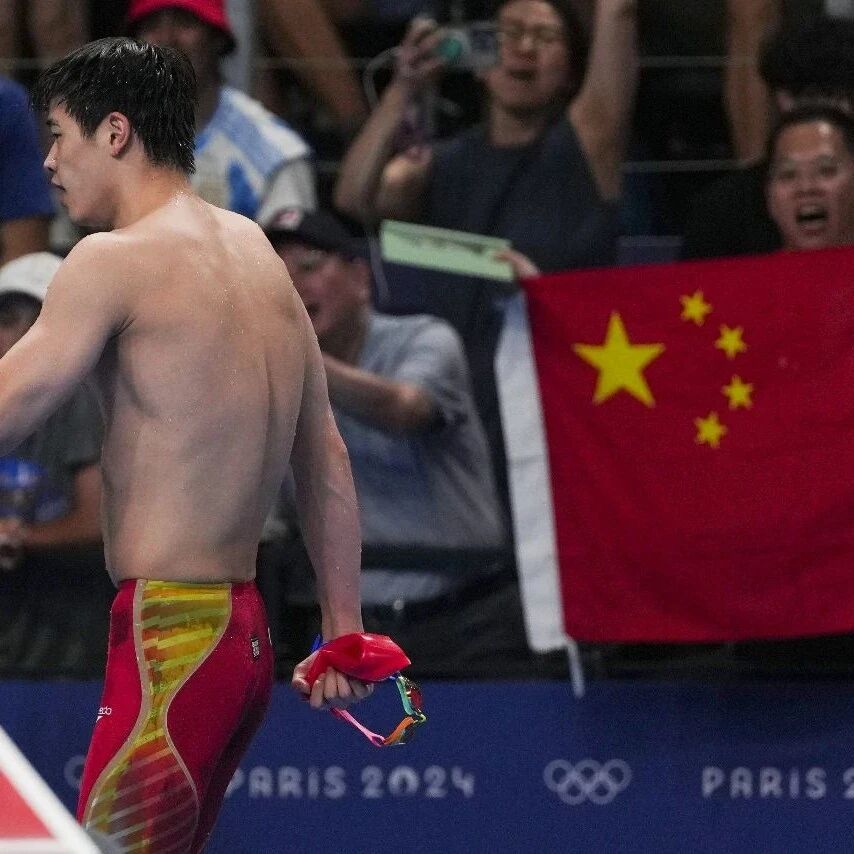


Let’s leave this question to the currently popular DeepSeek—here’s the answer it provided:
The ultimate record limit in the men's 100-meter freestyle is a topic brimming with scientific speculation and athletic imagination. By examining the evolution of the current world record, breakthroughs by athletes, and advancements in technology, we can analyze the potential future possibilities from several key perspectives:
1. The Evolution and Breakthrough of the Current Record
Historical context: The world record for the men's 100-meter freestyle was long held by Brazil's Cesar Cielo (46.91 seconds, at the 2009 Rome World Championships) until it was broken in 2022 by Romania's rising star David Popovici, who clocked a stunning 46.86 seconds. Then, in 2024, China’s Pan Zhanle rewrote the record at the Paris Olympics with a breathtaking 46.40 seconds, cementing his status as the new "King of Short-Distance Freestyle."
Progress made: From Popovich’s 46.86 seconds to Pan Zhanle’s 46.40 seconds—just a two-year improvement of 0.46 seconds—demonstrates that even elite athletes still have room for breakthroughs. At the Olympics, Pan Zhanle employed a "fast start" strategy, dominating his opponents throughout the race and showcasing a remarkable blend of technical skill and mental resilience.
2. Exploring the Limits of Physiology and Technology
Physical Requirements: Short-distance freestyle swimming demands exceptional explosive power, efficient stroke technique, flawless turn skills, and remarkable wave-resistance from athletes. Pan Zhanle boasts a relatively lean physique—standing 1.90 meters tall and weighing 80 kg—while muscular swimmers like Australia’s Kyle Chalmers excel at maintaining stability even in choppy waters. In the future, athletes may further enhance their physical performance through more scientifically tailored fitness training programs.
Technological innovation: There’s still room for improvement in areas like swimming technique details—such as the finishing burst seen in Popovich’s style—as well as start reaction times (e.g., Pan Zhanle’s impressive 0.60-second reaction in the Olympic final) and wall-touch techniques. Additionally, while swimsuit materials are now regulated by FINA, optimizing the aerodynamics of other equipment—like goggles and swim caps—could still play a key role in enhancing performance.
3. The Influence of Environment and Game Strategy
Pool conditions: Optimized designs for water flow, temperature, buoyancy, and other factors in an international-standard pool can potentially reduce the time taken. For instance, Pan Zhanle broke records at both the Doha World Championships and the Paris Olympics—though differences in environmental conditions across venues may have also played a role.
Tactical choice: Pan Zhanle's "early-burst strategy" successfully dominated his opponents at the Paris Olympics, and in the future, athletes may push even further by adopting more precise pacing techniques—such as maximizing acceleration in the first 50 meters while maintaining efficiency in the final 50 meters—to reach new performance highs.
4. Forecasting Future Records
Short-term goal: Based on the linear trend of recent performances, breaking the 46-second barrier could become a reality within the next 5 to 10 years. Popovich has openly expressed his ambition to challenge the 45-second mark, and Pan Zhanle’s technical consistency, combined with his growing experience in major competitions, may accelerate this ambitious timeline.
The ultimate limit: Scientists once estimated that the physiological ceiling for human swimming is around 45 seconds—but this prediction hinges on factors like genetic potential, groundbreaking advances in training science, and evolving competitive environments. If future innovations akin to "sharkskin swimsuits" emerge (though already banned today), or if controversial techniques like gene editing come into play, the very boundaries of human performance could be dramatically rewritten.
5. The Driving Forces Behind the Competitive Landscape
International competition: Ongoing challenges from athletes like Popovich and Chalmers are set to spur record-breaking performances. For instance, while Chalmers hasn’t yet shattered Pan Zhanle’s record, his Olympic experience and wave-riding prowess are already being viewed as a significant potential threat.
The rise of China's swimming team: Pan Zhanle's success has boosted the overall level of China's short-distance freestyle events, and future relay projects—through enhanced team collaboration—could further inspire individual breakthroughs.
Conclusion
The ultimate record for the men’s 100-meter freestyle is likely to fall somewhere between 45 and 45.5 seconds, but achieving this milestone will depend on a combination of athletes’ natural talent, groundbreaking technological innovations, and cutting-edge scientific training methods. Current swimmers like Pan Zhanle are already pushing the boundaries of what’s possible, opening up exciting new possibilities in the sport. Meanwhile, the upcoming "battle to break the record" is set to remain one of swimming’s most thrilling and captivating spectacles.
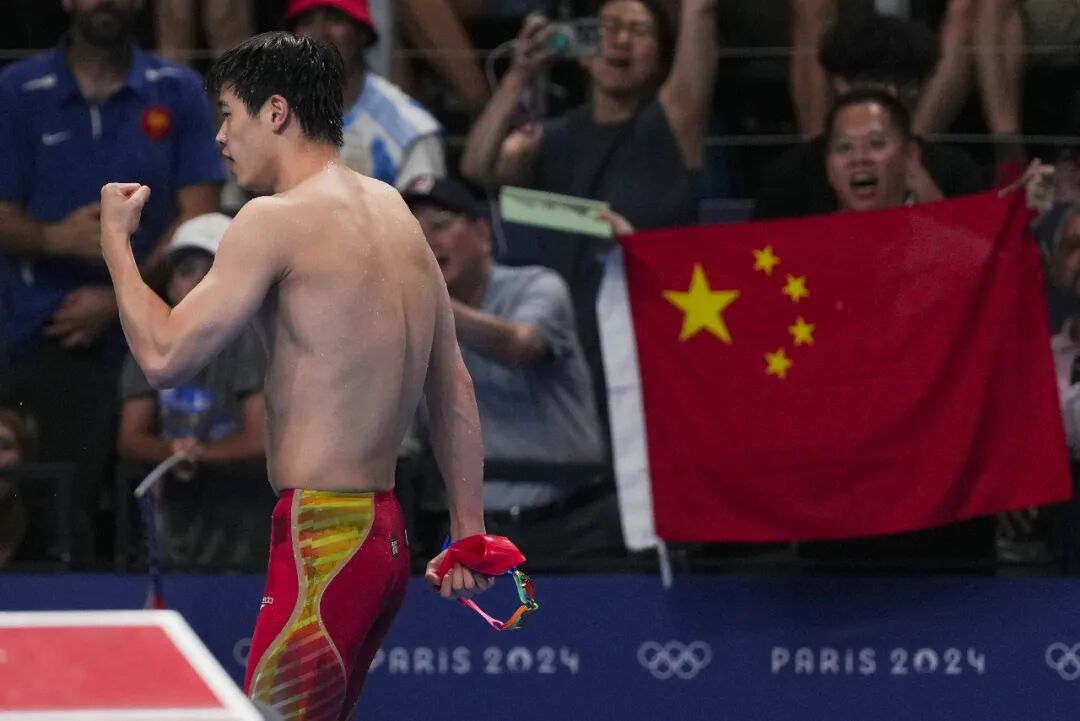
Men's 100m Freestyle World Record: Reaching New Heights (1)
Men's 100m Freestyle World Record: Reaching New Heights (2)
Men's 100m Freestyle World Record: Reaching New Heights (3)
Men's 100m Freestyle World Record: Reaching New Heights (4)
Men's 100m Freestyle World Record: Reaching New Heights (5)
Men's 100m Freestyle World Record: Reaching New Heights (6)
Men's 100m Freestyle World Record: Reaching New Heights (7)
Men's 100m Freestyle World Record: Reaching New Heights (8)

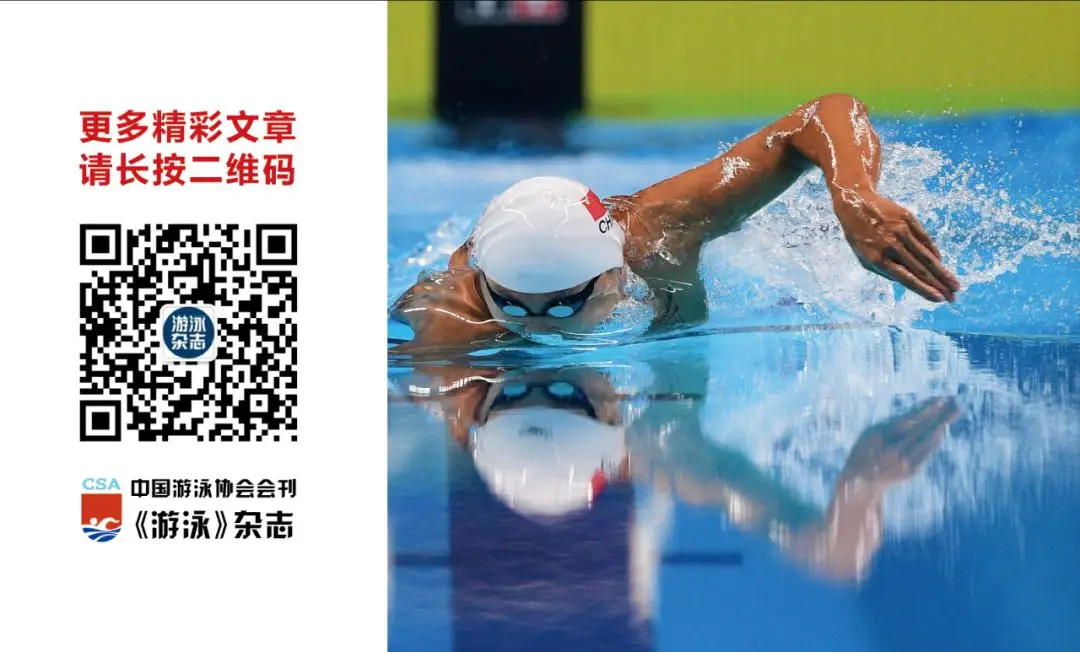
Related Articles

Notice Regarding Matters Related to the 4th National Swimming City Series Tournament (Urumqi Station) in 2025
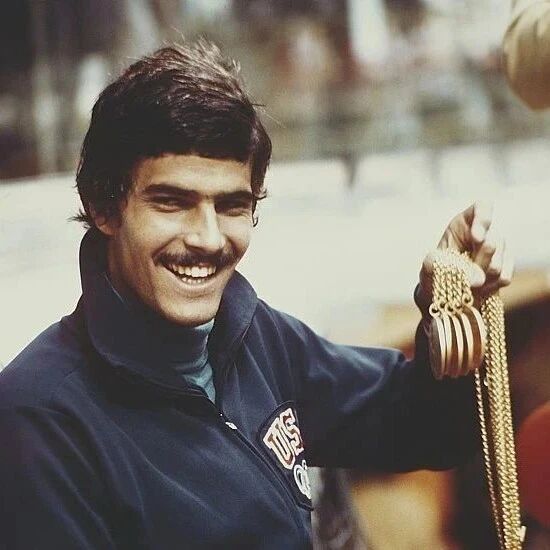
Men's 100m Freestyle World Record: Reaching New Heights (2)
